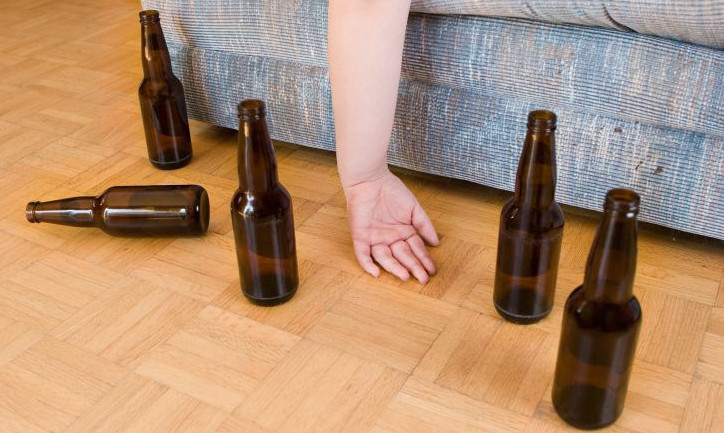
The North West is the alcoholic liver disease capital of England with record numbers of heavy drinkers filling hospital beds.
Worried campaigners have claimed Britain is now on the verge of losing its battle with the bottle as an “alcopops generation” falls victim to an explosion of budget booze.
New figures have revealed the number of hospital admissions for alcohol-related liver disease has soared by a shocking 21% in five years.
But the situation is most severe in the north with some areas seeing treatment rates increasing by double the national average.
Emily Robinson, head of campaigns at charity Alcohol Concern, said: “The UK is in danger of losing the battle against liver disease, which goes against the trend in much of the rest of Europe where many of our neighbours are actually making progress.
“For the first time we are seeing young people under 30 dying of alcoholic liver disease. This is the so called ‘alcopops generation’ who have grown up in a society where alcohol is available at almost any time, anywhere, at incredibly cheap prices and promoted non-stop.
“The Government needs to make tackling the rise in liver disease a national priority and take urgent action to turn the tide.
“This needs to include tackling cheap, strong alcohol through minimum unit pricing and placing tougher rules on alcohol advertising.”
The figures, from a parliamentary question, show that in 2008/9 there were a total of 27,619 hospital admissions across England including patients admitted on more than one occasion and by 2012/13 it had soared to 33,520 up 21%.
But over the same period in the North West admissions soared by 39% from 5,440 in 2008/9 to 7,575.
The overall number is higher than every other region in England, including London which recorded 4,240 admissions last year compared to 3,876 five years earlier, an increase of just 9%.
Meanwhile the North East saw a 37% increase from 1,820 to 2,485 and Yorkshire and the Humber recorded a 44% rise from 2,667 to 3,853.
Labour’s shadow public health minister Luciana Berger, who uncovered the figures, claims recent changes to the Government’s funding formula for clinical commissioning groups will mean the situation is set to get worse.
She said: “In December, the NHS took funds away from areas with the poorest health and gave it to those where life expectancy is longer.
“Sadly, areas badly affected by liver disease lost out on crucial funding, this cannot be justified.
“If ministers are serious about countering the significant increase in liver disease they must make sure this doesn’t happen again.”
Paul Baumann, chief financial officer for NHS England, said: “We have an absolute duty to tackle health inequalities and to ensure equal access for equal need right across the country.
“That is why we conducted a year-long review of funding allocations taking on board many views and extensively engaging with local healthcare commissioners and partners.”
Crime Prevention Minister Norman Baker said: “The Government is taking a wide range of action to tackle alcohol-related crime and disorder.
“This includes introducing a ban on the worst cases of very cheap and harmful alcohol sales.
“We have given local areas the power to restrict the sale of alcohol in the early hours and ensure those who profit from a late night licence help pay towards the costs of policing.”

Enjoy the convenience of having The Sunday Post delivered as a digital ePaper straight to your smartphone, tablet or computer.
Subscribe for only £5.49 a month and enjoy all the benefits of the printed paper as a digital replica.
Subscribe